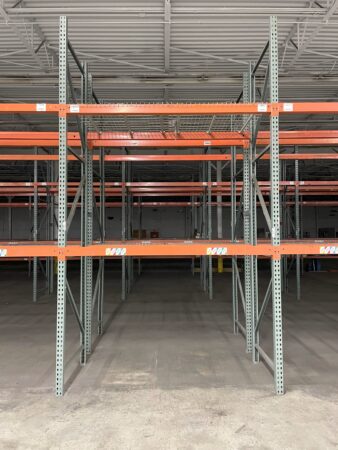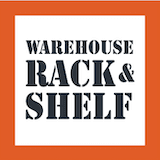The evolution of pallet racks has revolutionized modern warehousing and logistics practices transforming the way goods are stored, transported, and managed. The concept of using pallets for storage and transportation emerged in the early 20th century, and the development of pallet racks followed. That brought about major improvements in the efficiency of storing and retrieving palletized products in warehouses.
From beginnings as simple wooden structures to sophisticated, integrated systems, pallet racks have undergone a transformation, mirroring the advancements in technology, materials science, and supply chain management.
Pallets were introduced to simplify the handling and transportation of goods. Before pallets, manual handling and loose stacking of products were common, which was labor-intensive and less efficient.
The 1950s and 1960s saw the development of the first pallet rack systems designed specifically for warehousing. These early designs included selective pallet racks, which allowed for direct access to each pallet, and drive-in racks, where forklifts could drive directly into the rack system. Selective pallet racks, which remain a common type today, consist of upright frames and horizontal load beams. Pallets can be stored on multiple levels, and each pallet is accessible individually. This design optimizes selectivity and is suitable for warehouses with a wide variety of products.

Drive-in and drive-through rack systems were developed to maximize storage density by allowing forklifts to drive directly into the rack structure. Drive-in racks have a single entry point, while drive-through racks have entry points on both ends, providing greater accessibility.
Pallet flow racks and push back racks were later innovations designed to increase storage density and improve inventory rotation. Pallet flow racks use gravity to move pallets along rollers, while push back racks allow pallets to be stored on nested carts, enabling Last-In-First-Out (LIFO) inventory management.
Over the years, pallet rack designs have continued to evolve with advancements in materials, engineering, and technology. Today, there are various specialized rack systems tailored to specific storage needs, including pallet live storage, cantilever racks, and more.
